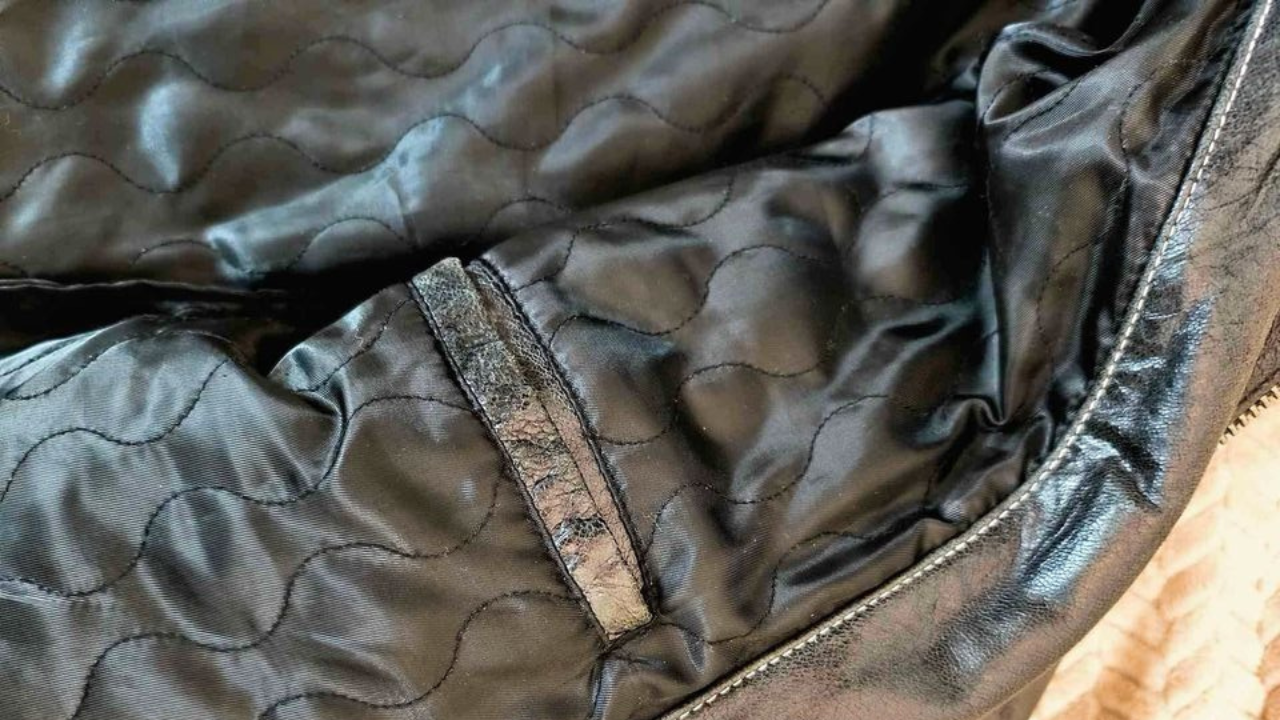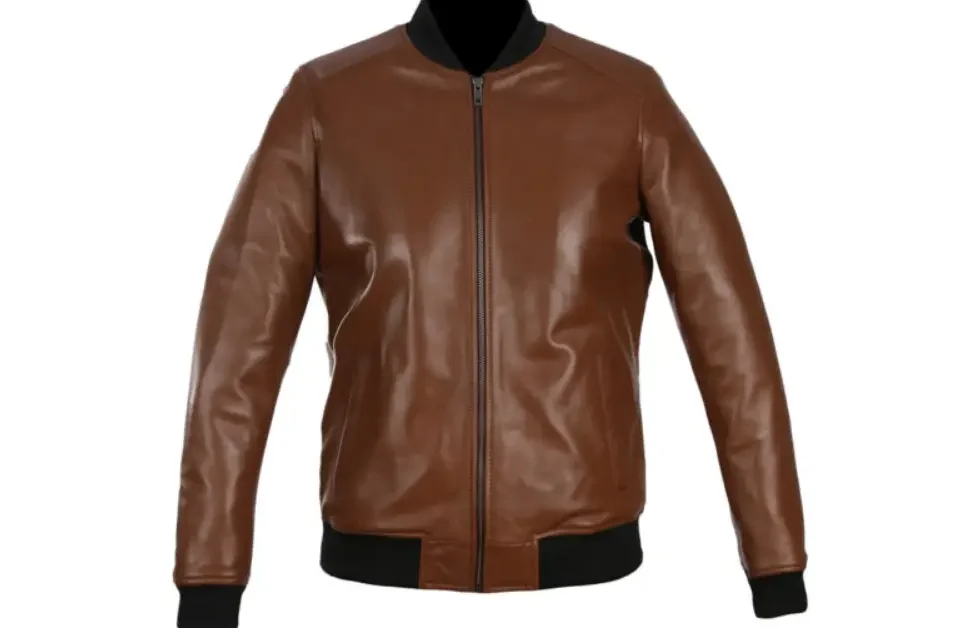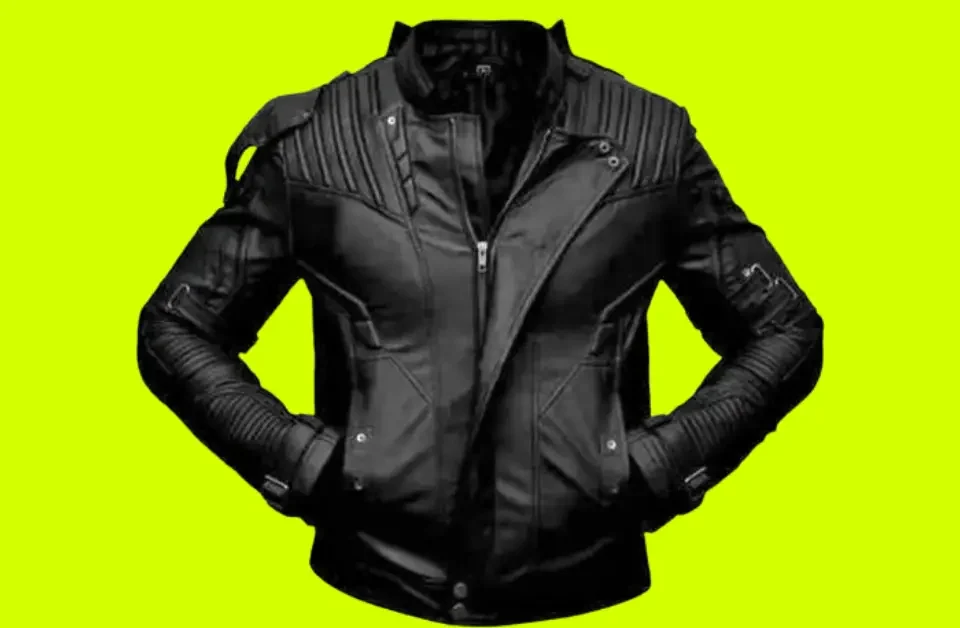
The Best Leather Jackets for Men (Winter 2024-2025)
November 18, 2024
The Historical Evolution of Leather Jackets in Fashion
November 18, 2024The lining of a leather jacket is the material that lines the inside of the jacket, separating the outer leather from the wearer’s body. Choosing the right leather jacket lining is crucial not only for comfort but also for the longevity of the garment. There are various types of linings, each with specific characteristics that affect the fit, breathability, and durability of the jacket. In this article, we explore the main types of linings, the most common materials, and how to choose the one that best fits your needs.
Why Is the Lining Important in Jackets?
The lining of a leather jacket is not just an aesthetic detail; it plays a crucial role in determining the comfort and durability of the garment. A good lining helps maintain the jacket’s shape, enhances the overall feel, and can even impact body temperature. For instance, a breathable lining can prevent overheating, while a heavier lining can add warmth during colder seasons.
Types of Leather Jacket Linings
| Type of Lining | Description | Advantages | Disadvantages | Common Jacket Types |
|---|---|---|---|---|
| Polyester | Synthetic, smooth, and durable. | Durable, wrinkle-resistant, water-resistant, easy maintenance. | Less breathable compared to natural fibers, and may be less insulating. | Casual jackets, budget options. |
| Cotton | Natural, soft, and breathable. | Comfortable, good moisture absorption, breathable. | Less insulating, prone to wrinkles. | Lightweight jackets, summer jackets, vintage or casual styles. |
| Nylon | Synthetic, strong, and smooth. | Durable, lightweight, water-resistant, abrasion-resistant. | Less durable, and may not be stylish. | Sporty jackets, biker jackets, bomber jackets, jackets for rainy or windy conditions. |
| Silk | Natural, luxurious, and smooth. | Extremely soft, elegant appearance, comfortable. | Delicate, less durable, higher cost. | High-end, fashion-oriented, vintage, or designer jackets. |
| Fleece | Synthetic, soft, and insulating. | Excellent warmth, cozy feel, and substantial insulation. | Warm, lightweight, breathable, and comfortable. | Winter jackets, casual jackets, bomber jackets, field jackets. |
| Sherpa | Faux fur, fluffy, wool-like texture. | Excellent warmth, cozy feel, substantial insulation. | Bulkier, less sleek, may require more maintenance. | Winter-ready, aviator, bomber jackets. |
1: Polyester Linings
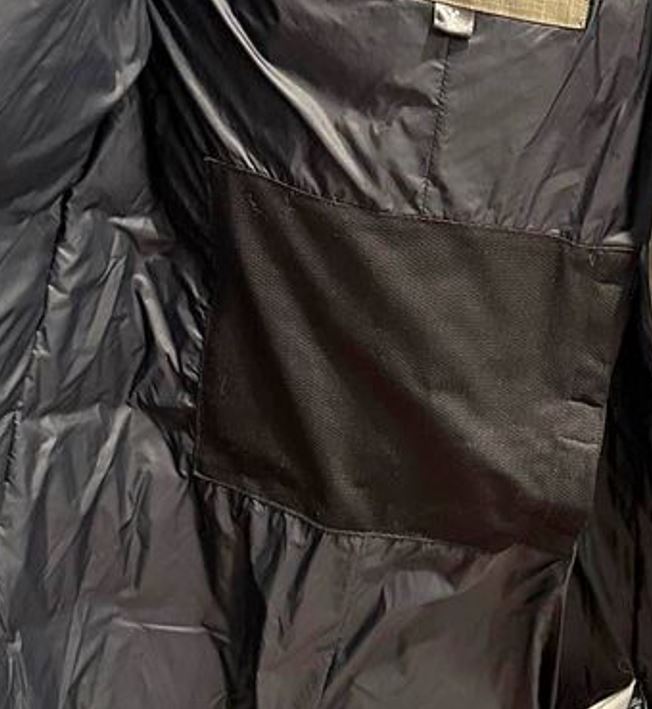
Polyester linings are synthetic fabrics known for their durability and wrinkle resistance. They offer a smooth texture and are relatively easy to maintain. Polyester is lightweight, water-resistant, and retains its shape well.
Thanks to these characteristics and their cost-effectiveness, polyester linings are often used in casual leather jackets and budget-friendly options, making them ideal for everyday use.
2: Cotton Linings
Cotton linings are natural and highly breathable, providing a soft and comfortable feel against the skin. They excel at moisture absorption, making them pleasant to wear in warmer conditions.
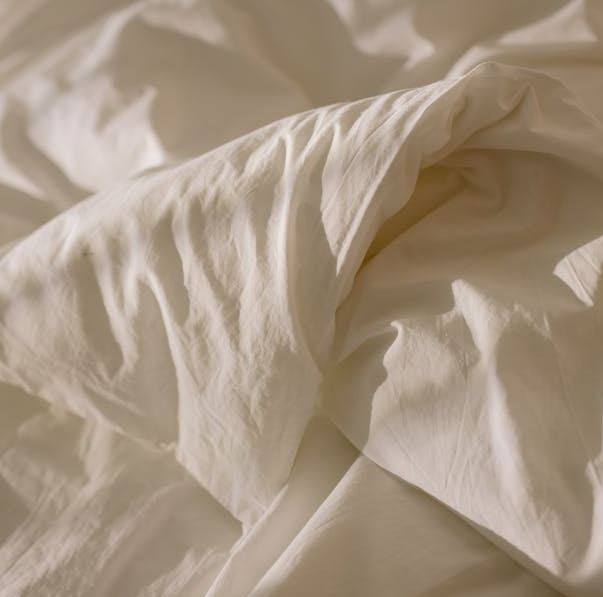
However, cotton linings are less insulating than synthetics and may wrinkle more easily. As a result, cotton linings are commonly found in lightweight leather jackets, summer jackets, and styles with a vintage or casual look, where comfort and breathability are prioritized.
3: Nylon Linings
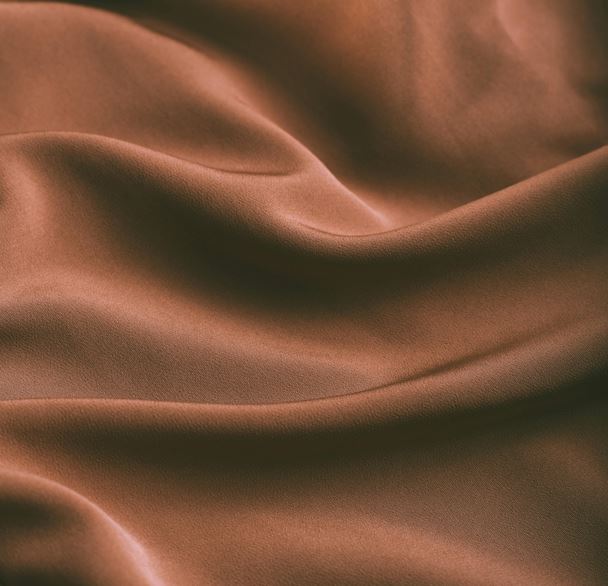
Nylon linings are recognized for their strength, smooth texture, and lightweight nature. They are durable, water-resistant, and resistant to abrasion. Though they are less breathable than natural fibers, their durability and sleek appearance make them suitable for sporty, biker, and bomber jackets.
Nylon linings are also practical for jackets designed for rainy or windy conditions due to their water-resistant properties.
4: Silk Linings
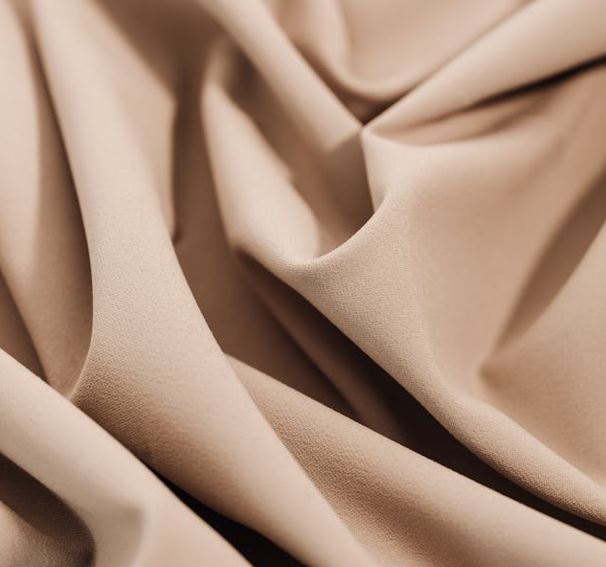
Silk linings are luxurious, known for their extreme softness and elegant smooth texture. The natural sheen of silk adds sophistication to any garment, but silk is also delicate and less durable compared to other lining materials.
This makes silk linings ideal for high-end leather jackets, fashion-oriented pieces, and vintage, or designer items where luxury and comfort are key considerations.
5. Fleece Linings
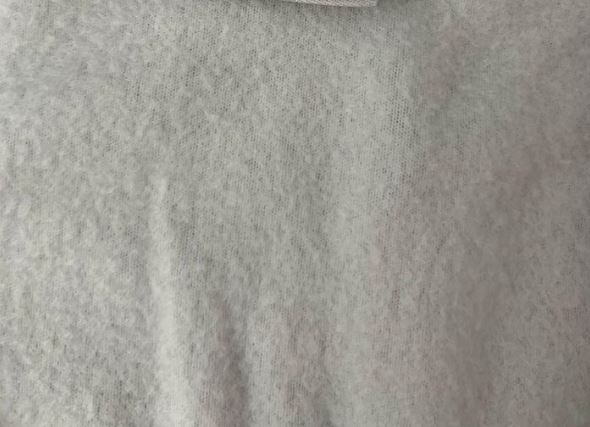
Fleece linings are made from synthetic materials that provide excellent warmth and insulation. They are soft, lightweight, and have breathable properties, making them ideal for cooler climates.
Fleece linings offer good insulation without adding significant bulk, which is why they are commonly used in winter leather jackets and casual jackets designed for colder weather, such as bomber or field jackets.
6. Sherpa Linings
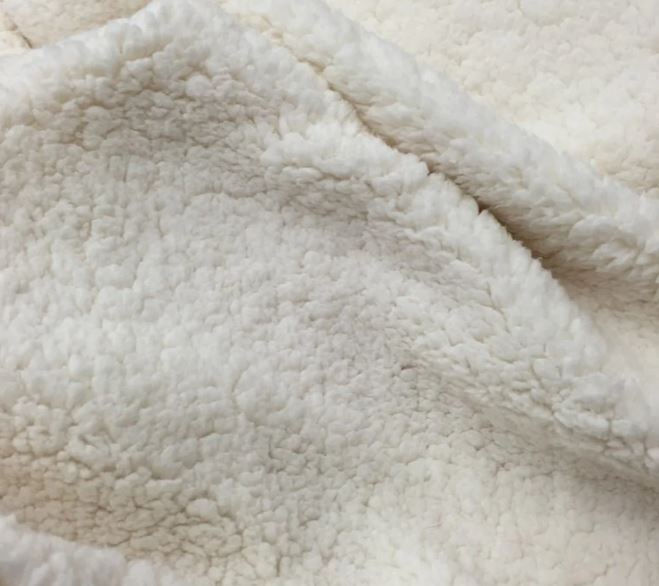
Sherpa linings are a type of faux fur characterized by their soft, wool-like texture, closely mimicking the look and feel of real fur. Sherpa linings offer substantial warmth and a cozy feel, often appearing thicker and more structured compared to fleece.
This makes them particularly suitable for robust winter leather jackets, including aviator and bomber styles, where substantial insulation and a classic retro aesthetic are desired.
How to Choose the Right Lining?
Choosing the right lining depends on several factors, including climate, the intended use of the jacket, and personal preferences regarding comfort and style.
- Climate: If you live in a warm climate, a cotton or viscose lining might be the best choice due to its breathability. For cold climates, a heavier lining like polyester offers better insulation.
- Jacket Use: For everyday use, polyester or cotton are more practical and durable materials, while for special occasions, silk can add an extra touch of luxury.
- Comfort: If comfort is a priority, opting for natural materials like cotton or silk can enhance the feel and overall fit of the jacket.
| Factors to Consider | Recommended Lining |
|---|---|
| Warm Climate | Cotton, Viscose |
| Cold Climate | Polyester |
| Daily Use | Polyester, Cotton |
| Special Occasions | Silk |
Conclusion
When choosing a leather jacket, do not underestimate the importance of the lining. The right choice can significantly improve the comfort and longevity of the garment, making it a better fit for your personal needs. Carefully evaluating the available materials and considering how and where you will wear the jacket will help you make a more informed and satisfying purchase.
Related Article:

